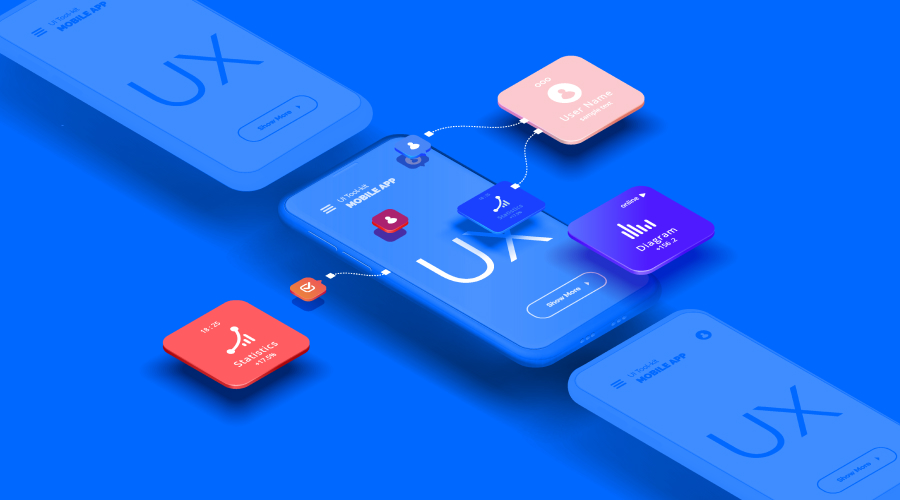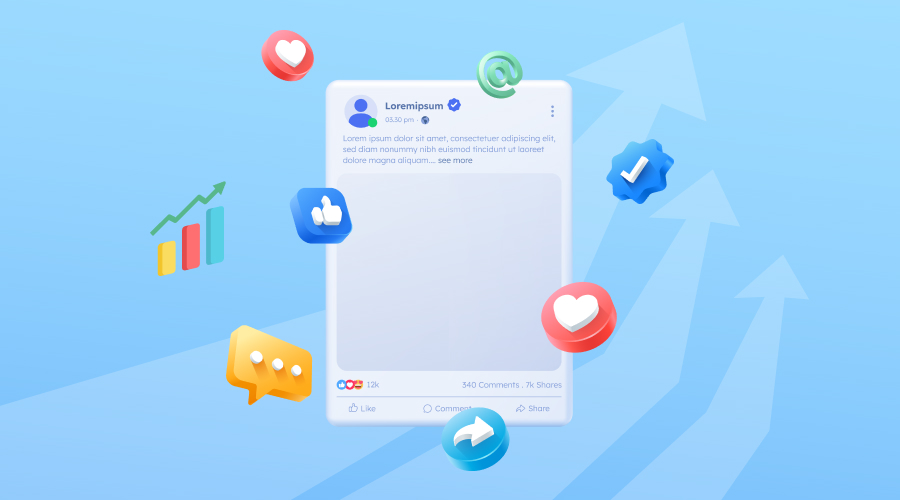Did you know people form an opinion about a business in seconds? First impressions happen fast. They shape whether a customer stays or moves on. Research shows visual appeal drives many of those split-second judgments. According to a survey conducted by Piktochart, 81% of the companies they surveyed use graphic design for this.
Your visual identity is how people feel about your business before they read a line. Looks, color, and layout all send signals. Those signals say whether you’re modern, reliable, cheap, or premium.
In today’s crowded digital market, design guides choices. It builds trust and helps you sell. Good design is part of your business strategy. This blog explains five clear reasons design matters for your brand. You’ll see how visuals move people through awareness, trust, and action.
Reasons Why Graphic Design Is Essential for Your Business
Design touches every customer interaction. From a website to an app, visual choices shape behavior. This is why a focused approach to design matters. Let us now walk through the five main benefits of good graphics design.
Creates Strong First Impressions and Brand Recognition
First impressions set the tone. A single glance can decide whether someone trusts you. This quick scan focuses on visual cues like layout, imagery, and perceived clarity. A strong visual first impression keeps people engaged. Visuals stick in the mind far better than blocks of text. Use it to favor clear imagery and concise visual cues.
Logo designs fall under this, too. A well-crafted mark can feel familiar or reassuring in an instant. When the design matches the brand promise, people respond emotionally and quickly.
Good visuals let customers recall you without thinking. Brands that invest in consistent visuals enjoy faster recognition across channels. When every touchpoint looks thought-through, customers treat you like a professional. This perceived competence reduces friction and speeds decisions.
Gives Your Brand a Unique Voice
A unique, custom design helps the public distinguish your brand from others. A unique
visual identity is important. It gives your brand space to breathe. Your brand becomes
memorable.A distinct color palette, icon system, and typography create a recognizable signature. This visual signature becomes a shortcut for recognition. Customers face choices. If they can’t tell brands apart quickly, they default to familiar names. Strong design reduces that barrier by being memorable.
A unique visual approach lets your personality show through. Playful brands can use bright colors and bold type. Serious brands lean on restraint and refined layout. These elements form the grammar of a brand. Use them consistently, and you speak with one voice.
Visuals imply history, values, and tone. Good design makes your story obvious at a glance. It helps you present a coherent identity on social media, in apps, and in sales materials. This, in turn, helps you outpace competitors who appear inconsistent.
Enhances Communication and Messaging Clarity
Design translates ideas. It turns dense data into clear visuals. This helps decision-makers act faster. Visual communication is faster and more effective. People scan. Visuals tell the main points fast. A clear visual hierarchy guides reading and reduces confusion.
Graphic designs use a balance of images, text, and white space. This helps with readability. Whitespace and careful layout improve comprehension. Crowded visuals repel readers. Clean layouts invite them in. Charts, icons, and short copy make complex ideas understandable. A well-designed graphic can replace a paragraph.
Design uses contrast, placement, and motion to guide attention. This direction nudges users toward the next step. A clear call to action, placed and styled well, improves conversion. Design here is more of a conversion tool.
Design must behave the same on desktop, mobile, and apps. It helps reduce cognitive load and improve trust. UX and UI choices directly affect conversion and retention. Better UX design leads to measurable improvements.
Builds Trust and Professionalism
Trust is built slowly and lost quickly. And design plays a huge role in it. Design quality equals perceived business quality. People equate polished visuals with competence. Poor design raises doubts about product quality.
Many users decide on credibility from look and feel alone. Clear layout, correct spelling, and good photography all add up. Then there are the aesthetics and perceived expertise. A modern, considered aesthetic signals expertise. It reassures prospects and shortens sales cycles.
Design also invokes emotional connection through visuals. Color, imagery, and tone create feelings that anchor decisions. Color affects mood and intent. Use it intentionally. For example, certain palettes suggest trust, others suggest excitement.
Design that ages well encourages return customers. Outdated visuals signal stagnation. Fresh, thoughtful design signals active care. Professional design matters for buyers across sectors.
Drives Engagement and Increases ROI
Good design pays. It drives measurable outcomes. Design choices affect whether a visitor becomes a customer. Improvements in UX and UI often lead to higher conversion metrics. Then there is social media engagement and shareability. Visuals fuel social engagement. Eye-catching posts get more likes and shares. This expands organic reach.
Design supports awareness, consideration, and conversion. Visuals capture attention, explain value, and guide the next step. It also has the multiplication effect. A single well-made visual can be shared widely. This spread lowers acquisition cost. Motion and short video amplify reach. They work well on social platforms and in app experiences.
Professional design offers long-term ROI. It costs less per conversion than ongoing ad spend when you factor in retention and trust. Templates and DIY work can be OK for a test. But professional systems scale. They perform better across channels and over time.
Partner With Design Experts Who Understand Business
Design shapes perception, speeds decisions, and supports sales. This makes it an investment with tangible returns. In the digital age, your visual voice is inseparable from your business voice. Tight visuals reduce friction and improve results.
Look across your touchpoints. Ask: Do they feel consistent? Do they communicate clearly? If not, it’s time to act. Working with designers who understand business goals makes the difference. It gives you clarity, consistency, and measurable outcomes.
If you want help building a cohesive visual system — from marks to motion to mobile — consider partneringwith experienced teams. At Knovial, we offer logo and graphic services and mobile app design that align visuals with business goals.







